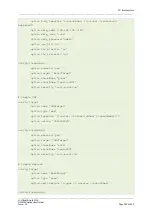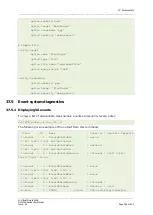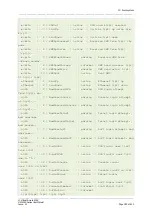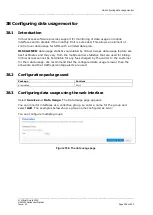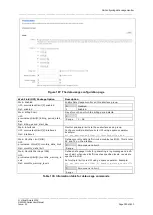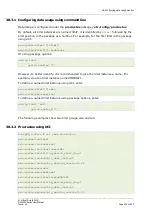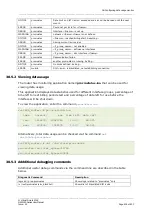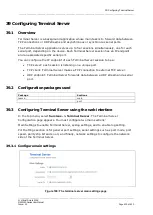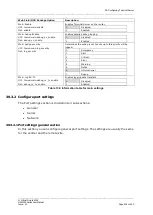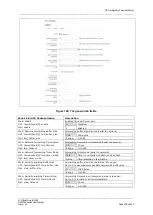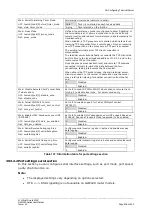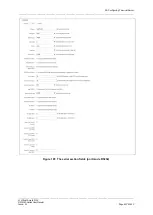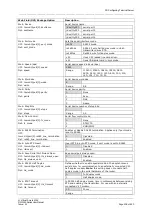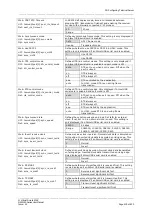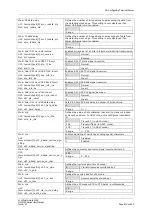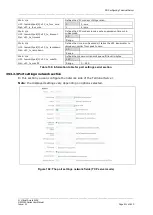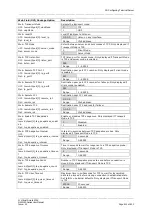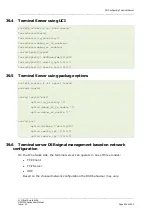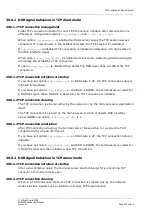
39: Configuring Terminal Server
_______________________________________________________________________________________________________
_______________________________________________________________________________________________________
© Virtual Access 2018
GW2020 Series User Manual
Issue: 2.1
Page 403 of 423
39
Configuring Terminal Server
39.1
Overview
Terminal Server is a background application whose main task is to forward data between
TCP connections or UDP streams and asynchronous or synchronous serial ports.
The Terminal Server application serves up to four sessions simultaneously, one for each
serial port, depending on the device. Each Terminal Server session has an IP endpoint
and an associated specific serial port.
You can configure the IP endpoint of each Terminal Server session to be a:
•
TCP server: each session is listening on a unique port.
•
TCP client: Terminal Server makes a TCP connection to external TCP server.
•
UDP endpoint: Terminal Server forwards data between a UDP stream and a serial
port.
39.2
Configuration packages used
Package
Sections
tservd
main
port
39.3
Configuring Terminal Server using the web interface
In the top menu, select Services -> Terminal Server. The Terminal Server
Configuration page appears. You must configure two main sections:
Main Settings to enable Terminal Server, syslog settings, and to enable log setting.
Port Settings section is for general port settings, serial settings such as port mode, port
speed, parity stip bit and so on; and finally, network settings to configure the network
side of the Terminal Server.
39.3.1
Configure main settings
Figure 189: The terminal server main settings page





